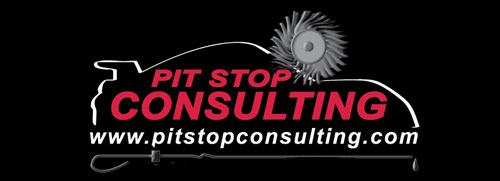Keeping a good inventory isnʼt easy. Good in this context means accurate and adequate but not excessive. Too much inventory costs you money just as not having the part to sell costs you money.
With all the vehicles on the road your inventory needs to be diverse. As new models roll off the assembly line you need to updated your list of vehicles you have filters, additives, gear oil, tools, etc to service them properly.
Your inventory is ever changing. The trick for you as a lube manager is to keep up. Your lube computer will tell you how many of each filter number you sold the past year, or past month if you ask it to, use it wisely. The orders you make need to be based on fact, not what you “think” is right and the computer can give you the facts. Always keep in mind that location is very important. If you are in a rural farming community without a BMW dealer within 100 miles there are not likely to be a lot of BMWʼs in your town and therefore, keeping a large volume of BMW filters isnʼt necessary.
Some people ask, “How much inventory should we keep on hand” and the answer is that it is different for every location. I have seen fast lubes that are literally next door to auto part stores and keep very little in the way of air filters, PCVʼs, breathers, bottled oil, transmission kits etc on hand, choosing to let the part store keep the stock for them. This is fine if you have negotiated with the part store for good pricing. If your cost of goods is higher with the store next door you will have a lower margin of profit.
How long in between oil deliveries do you have to go? If you have to order on Monday to get an oil deliver the next Wednesday you must have enough oil to service vehicles for 10 days. If you service 500 cars per week that is a little over 700 gallons of oil to leave your facility in the 10 day period, you must have the oil in your shop to service these vehicles. The farther apart your deliveries, the larger your tanks need to be, that is just a simple fact. Why keep your 1000 gallon tanks of 10/30 and 5/30 bulk oil full when you only use an average of 750 gallons a month total? All you are doing is tying up 1250 gallons of oil, or in dollars @ $4 per gallon $5000. Keep an eye on your oil salesman; they have a tendency to keep the tanks full regardless of your needs.
The same can be said for any and all inventory pieces. As I mentioned earlier, the formerly popular air filter may now be a very slow mover and nearly a thing of the past, keeping any more than two in stock would be too many. An air filter may only cost $5 but keeping 5 too many is an additional $25 of stock that is unnecessary if you have 30 air filter numbers overstocked by 5 filters each that is an extra 150 filters at an average of $5 each, $750 additional inventory.
How do you know whether you are carrying too much inventory? First, when was the last time you did an actual “hands on” inventory? If itʼs been longer than the end of last month, get busy. You say you know what you have and doing an actual count requires staying after work and is unnecessary. I have done many “audit” type inventories and always find a glaring difference between what managers think they have and what they actually have on hand. I guarantee that if you are not taking a monthly inventory, and sometimes even if you are, there are filters, additives, oils, etc that neednʼt be in your inventory. A common source of over stocked items is “special orders” that customers donʼt come back for. All special orders should be paid for in advance, period. Also, by doing an inventory yourself you are in touch with what you actually have when a customer needs a part that is out of the ordinary. What can you do with the surplus? Talk to your lube supplier. If the items are in saleable condition they will likely give you credit toward the purchase of new, usable inventory. You can order a couple of the new model year air filters.

